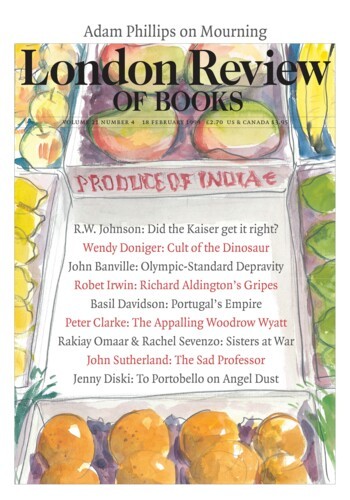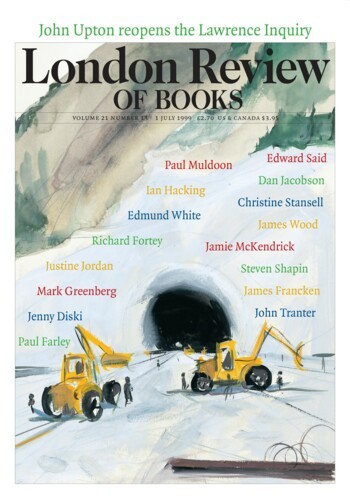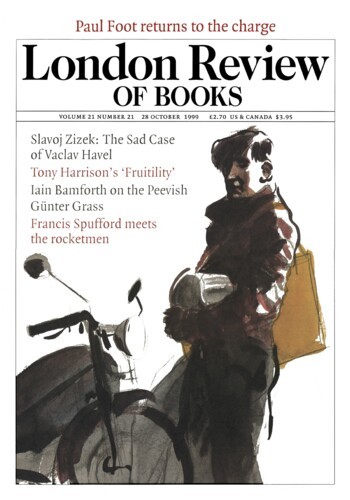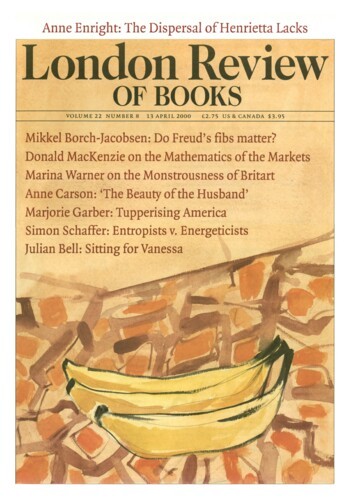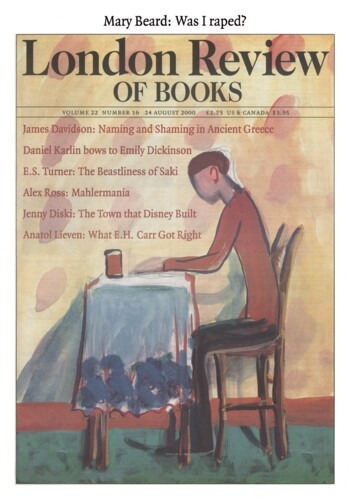Pure TNT: Thom Jones
James Francken, 18 February 1999
Sonny Liston didn’t really have any friends. Not, at least, among the reporters covering his heavyweight title fight with Floyd Patterson in 1962. Intimidated by Listen’s criminal record and connections with organised crime, the press took his sullenness for the recalcitrance of an underworld brawler. The former heavyweight champion is no less threatening in Thom Jones’s two previous collections of short stories; though kept in the wings, he is mentioned frequently by the centre-stage characters: a doctor who is ‘about to smirk’ when walking in on a couple having sex in the hospital ward is arrested by the patient’s baleful stare – ‘Sonny Liston could give such a look’; a recently enlisted marine regrets his decision to join up when he meets boot-camp disciplinarians ‘most of whom looked like close relatives of Charles “Sonny” Liston’. Jones – a former boxer and Vietnam veteran – appears to give Liston a better part in the off-beat title story of his new, third collection. A young amateur boxer hoping to go forward to the Chicago Golden Gloves competition finds himself frustrated by the truculence of his stepfather and the indifference of his mother to almost everything but the application of the green paste of her nightly face mask: ‘Can’t you just say, “Good, I’m glad you won. You’ve made me a happy lima bean”?’ His optimism is revived by a trip to watch Liston training for the Patterson fight, where we finally come face to face with the fearsome boxer and the boy receives a signed photo: ‘To the Kid, from your friend, Sonny Liston.’ But a cornerman’s heavy-handed intervention (‘a man in a gray sweatshirt demanded two dollars each for the photographs’) and the boy’s subsequent failure in the ring stress the lessons of adult life that remain to be learned; the photo and the friendship are shuffled into the past.’‘
